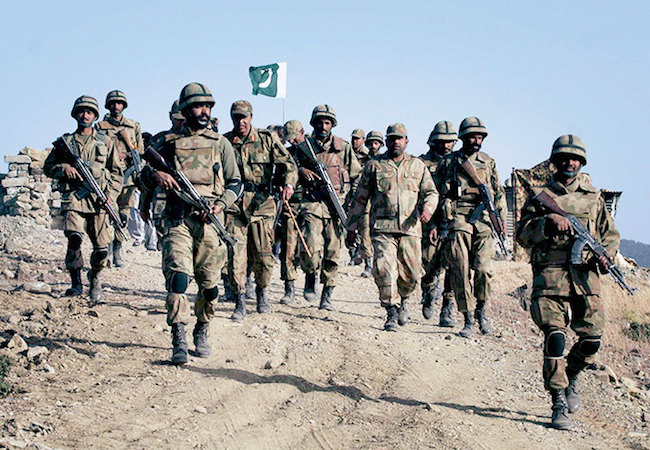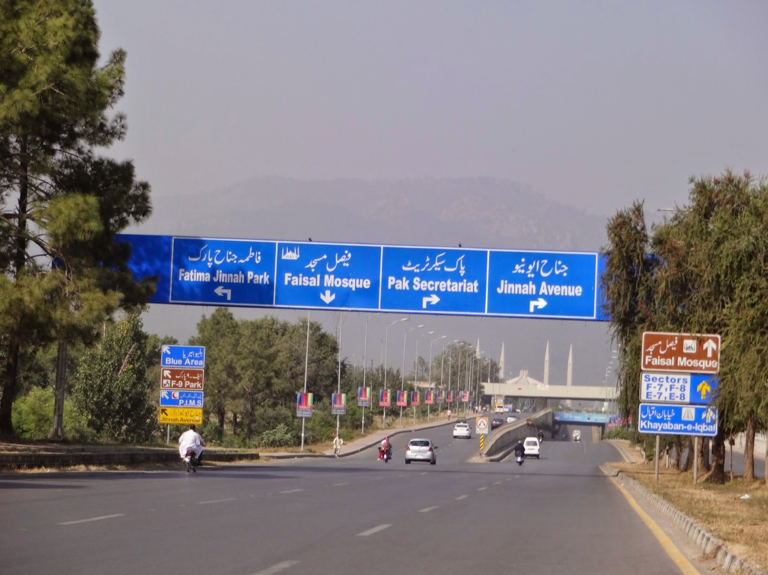Book review of ‘The Line of Control: Traveling with the Indian and Pakistani Armies’
Author: Happymon Jacob (288pp, Rs 599; Penguin)

By Divya Malhotra
Jeu d’esprit of a travelogue, heroism of a journalistic account and seriousness of a research assignment – Happymon’s book has it all. As the first Indian to get access to the sensitive corridors of GHQ in Rawalpindi in 2017-18 (unless there was an Indian spy whose story is unknown to the world), this book has added Happymon Jacob to the league of scholars who transcend all boundaries (mental and physical) in pursuit of knowledge. After one and a half years of waiting period when Prof Jacob finally got his multi-city visa to Pakistan, he knew the perils of the journey he was about to undertake. Physically, he knew it could be a one-way ticket. Morally, he questioned his position as a guest of the Pakistan Army. Nevertheless, Prof Jacob decided to embark on his life’s “most serious research journey”, which he labels as a blend of “fear tourism” and “intellectual pilgrimage”.
Currently an associate professor of Disarmament Studies at the School of International Studies in Jawaharlal Nehru University, Happymon Jacob is a well-known name in national security groups and scholarly circles. His first assignment with Security and Political Risk Analysis (SAPRA), India in 2002 as a research officer marked the beginning of his illustrious career as a researcher. However, very few know that he worked as a primary school teacher in Samba and Kathua districts of Jammu and Kashmir in the 1990s. Thus the Kashmir connection of the Kerala-born professor is rather old.
This book was motivated by author’s desire to enter the “curious world” of “men in uniform who fought each other and yet respected each other”. However he knew that he was treading in dangerous waters. To understand and explicate the perceptions of two enemy armies and knit them into a single book is a task riddled with challenges. But Prof Jacob does justice to his job by offering his readers an unbiased view from both sides of the LoC.

The title of the book is gripping – it stirs the curiosity of an inquisitive student as well as a seasoned military man equally. The former, whose knowledge of the Indo-Pak armies and the LoC is limited to classroom lectures would benefit from the visual journey and the refreshing first-hand insights the book offers. The latter, who has manned the border and fought the wars, would still be interested to know about the capabilities and perceptions of the enemy army. The book doesn’t disappoint either of the two. In addition, travel enthusiasts who cannot visit the other half of Kashmir get to experience the beauty of the snow-capped mountains and the lush green valleys of POK. The “inhospitable, yet breathtaking” beauty of the place brings out the poet in a serious scholar like Jacob, evident in his choice of words throughout the book. The reader finds himself entrapped in the journey, accompanying the author on the road trips and in his closed-door meetings.
Cease Fire Violations (CFVs) occupy the epicentre of book’s research, evident in author’s persistent examination of the subject in the backdrop of all the chapters. However Jacob has wrapped a serious subject of enquiry in a simple but engaging demeanour. The author begins by taking his readers to the officers’ mess at the Muzaffarabad brigade headquarters. He elaborately discusses his interactions with Pakistan’s army officers and intricately explains his journey to and experiences inside the enemy territory. Author’s experiences and observations inside the prohibited army’s Headquarters in Rawalpindi are captivating. Besides important insights from Prof Jacob’s meeting with “the second most powerful man in Pakistan Army” Lieutenant General Bilal Akbar, the then chief of general staff, the author emphatically underlines “the perks of being an army officer in Pakistan” unlike India where the army “struggles to have a say in the scheme of things.” The author keeps traversing between time and space, without disrupting the coherence of the book. He describes the hiccups he faced in order to make this trip happen, and takes the readers back in time to 2016 when he was in Lahore for an academic conference and was being watched on by the state agents. “I was on someone’s mindscape”, Jacob recalled, admitting that this attention made him feel uncomfortable but special at the same time.

Fast forward to 2017, Prof Jacob navigates along the Pakistani side of the LoC, to the crucial Tatrinote-Chakan da Bagh trading point in safe company of a Brigade commander of Pakistan Army. On one hand, author enjoys a good view of the Indian Army’s border posts and on the other hand, he finds himself in an “existential dilemma” – questioning his momentary loyalty towards his hospitable hosts, who happened to be his state’s enemy. The author shares anecdotes from his interactions with young and old, who live their lives around the fences. “Life on the LoC is like living in front of a firing squad… (it) enjoys your fear.” In strong words, the author underlines the perils of living in a warzone. Crossing back to the Indian side, Prof Jacob shares his interactions with the Indian men in Olive Greens. He gives his readers a tour of the LoC from the eyes of an Indian soldier and a local Kashmiri, both longing for normalcy in a warzone. Author’s interaction with a young officer – an IIT Delhi graduate who chose to face “Pakistani bullets in an isolated Indian Army post…” is thought provoking. “Childhood dream of donning the army uniform…Money is unimportant”, the officer’s answer explains the motivations of most of the young officers who trade off the luxuries and comforts of city life to embrace the tough army life. Labelling the LoC as a “collective failure” of two nations, author leaves his readers in a sombre mood.
The author takes his readers on a refreshing journey, with stories and perspectives from both the sides of the border. The only flaw in the book, a numerical error, is the author’s comparative statistic for India and Pakistan’s Ceasefire violations in the Prologue (p xii). To say that India fired 267 “times” more than Pakistan does not correctly explain the difference of 267 “rounds”, and thus is at a risk of being misinterpreted and misquoted. Nevertheless, Prof Jacob’s book is going to be a reference point for the strategic community in India, Pakistan and across the globe for many years to come. This book will leave one’s feet and soul itching for a trip to both sides of the LoC. But of course, who’s getting the visa!
Divya Malhotra is a non-resident fellow with Middle East Institute, New Delhi (Pakistan desk) and PhD student at School of International Studies, Jawaharlal Nehru University, New Delhi. The author visited Pakistan in 2012 for an academic conference.




